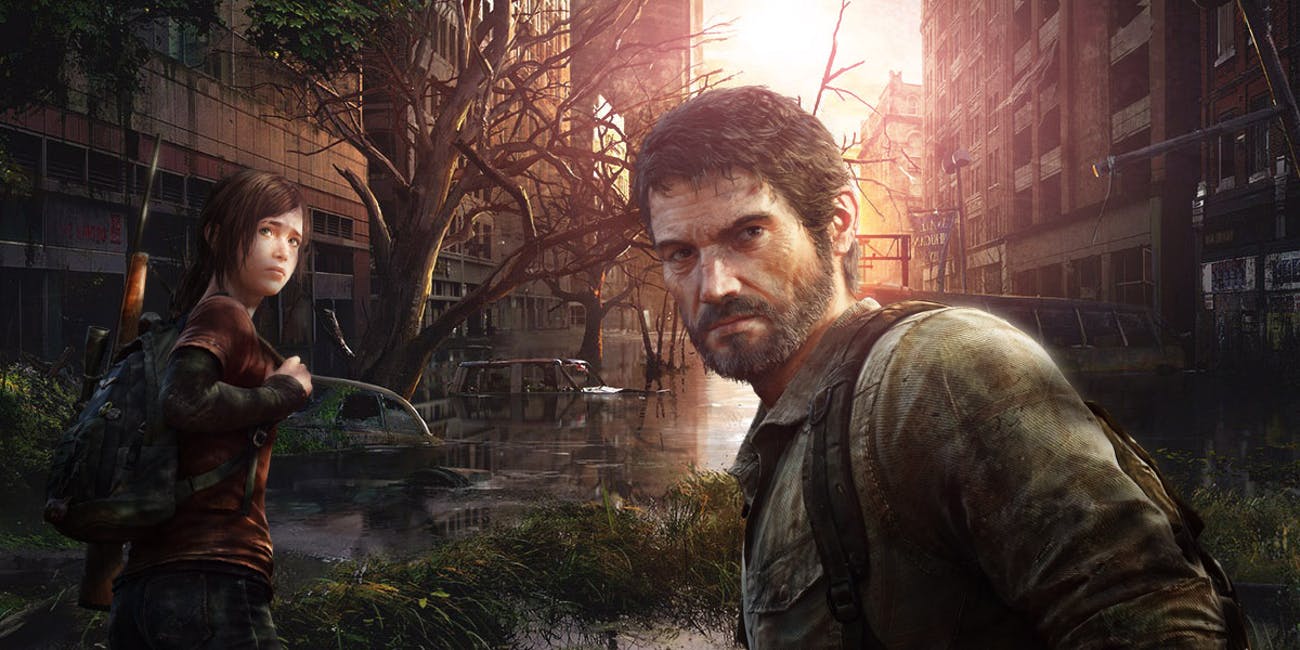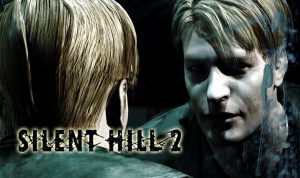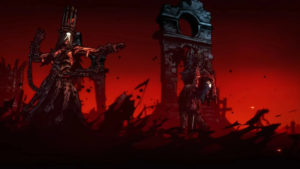
In an interview with gamesindustry.biz, former Naughty Dog director Bruce Straley spoke about a concept that has intrigued game theorists for some time. “Ludonarrative dissonance” (something we have covered in an article before) is defined as the disconnect between the story that a game is telling and the story that gameplay tells. “Ludonarrative” is a compound of ludology, the study of games, and narrative, here referring to the plot of said games; first coined by Clint Hocking, a former LucasArts and Ubisoft creative director.
Ludonarrative dissonance refers to conflicts that arise when analyzing a game’s story, often told through cutscenes, and then comparing it to the story that is told through gameplay. The infamous example here is the Uncharted series; Naughty Dog’s popular franchise of adventure games. In these games, the protagonist, Nathan Drake, is portrayed as an upstanding fellow, albeit one with a thirst for adventure. He is never mentioned to have violent tendencies, nor any defect in empathy. However, throughout the series, the player, as Drake, is able to kill countless men and women during the game’s combat sections. This problem is a subset of what TVTropes refers to as “Gameplay and Story Segregation,” the tendency for gameplay to not accurately reflect established narrative in interactive media.
Straley elaborates: “Nathan Drake is an action adventurer, but the threat is a video game threat….Its main antagonist gets to throw his minions at you so that you can overcome the obstacles to get to the treasure.” Straley says that the traditional video game obstacle of enemy soldiers is in part, a relic of a bygone era of games, where narratives were simple and player characters often silent. Soulless, uncontroversial characters meant that the problems they face (i.e. the enemies) could be equally shallow. Now, however, with the increasing complexity of video game narratives and themes, these old methods need to be overhauled. This dissonance was not just a problem for the Uncharted series either; 2k’s Bioshock: Infinite was criticized for protagonist Booker DeWitt’s motivation to atone for the mistakes of his past, all while zapping and immolating countless human enemies to fulfill his objectives. Military action games face a similar issue; the horrors of war might be a story element, and war crimes and gratuitous violence portrayed in a negative light, but gameplay nevertheless encourages violence as the optimal (and usually only) solution.
This disconnect was what, in part, motivated the direction of Naughty Dog’s The Last of Us. The game makes a point to depict protagonist Joel in an uncertain light. The nature of humanity and their propensity for violence is a maxim thrown in equal parts at the bandits the player faces down in combat and at Joel himself. By the end of the game, Joel has used methods that, while done with noble intentions, are barbaric, even horrifying. The goals that he pursues, while understandable, are also debatably self-centered and shortsighted. “Seeing there was a problem with the construction of the world, we were able to create a threat that applied stakes… the other humans you encounter inside of the world… were motivated by their own sense of survival,” Straley states.
Even level and encounter design itself fixes some of the issues present in Uncharted; levels are more scenic and peaceful, with enemy encounters having physical and temporal distance between them, making encounters with human enemies seem consequential without throwing countless faceless minions at the player. Stealth is also a viable gameplay option, which can be achieved in many sections of the game. The player is encouraged to avoid combat, especially on higher difficulties, where a quiet step is practically a necessity to survive.
The Last of Us was an expert recovery from a problem most gamers weren’t even aware existed, or didn’t pay much mind to. The extent of familiarity most had with the concept was the title of a trophy in Uncharted 4: A Thief’s End, awarded for killing 1000 enemies – self-deprecatingly titled “Ludonarrative Dissonance.” This trend of correcting these disconnects is almost certain to continue in The Last of Us II, which, by all accounts features the same deconstructive (or reconstructive, depending on your view) ludonarrative that made the first game so memorable.







